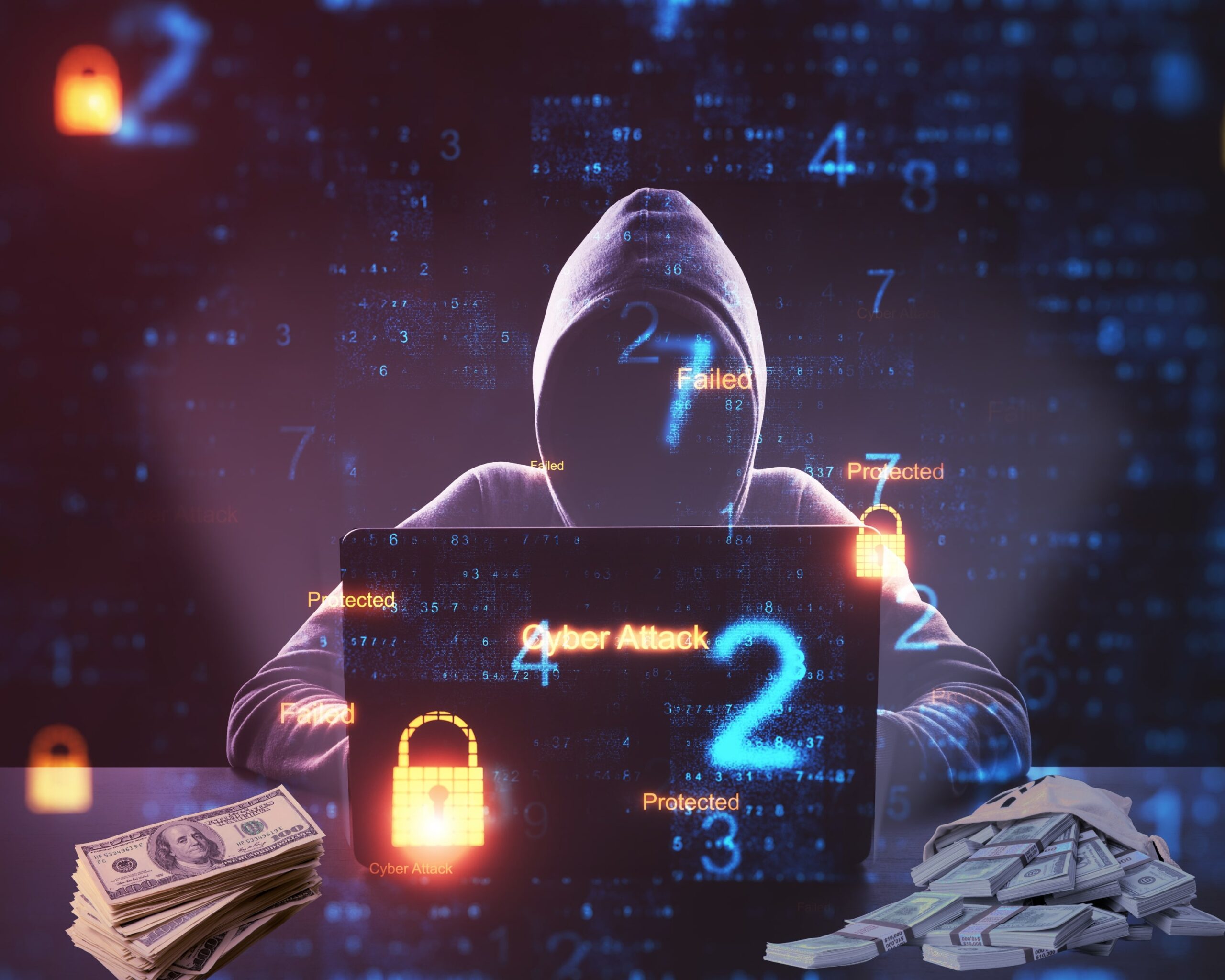A backup and disaster recovery plan is crucial for every business, regardless of industry or the size of the enterprise. Disasters can stem from many situations, from natural calamities to online attacks or even a simple human error. Without a proper BDR plan, your business might easily get destroyed, possibly with very little hope of being able to get back up at all.
With the prevalence of online and offline threats, we cannot emphasize enough that a small business needs as much protection as possible. So if you are stubbornly resisting the call to put a reliable BDR plan in place, this is the perfect post for you. Keep reading to discover the drastic ways that may impact your business if you keep going without a BDR plan.
BDR Plan for Natural Disasters
No one can tell when or where a natural disaster will occur or how severe its effects will be. What will you do if your business records get caught in a raging fire or your servers get damaged beyond repair in a Category 4 typhoon? Without a BDR plan, you might as well sit in a corner and weep because there is no way you can recover the lost data.
Cloud-Based Threats
Businesses have been taking advantage of cloud solutions for multiple applications, which is a good thing. But with this trend also comes a horde of new online risks. In migrating your business to the cloud, it becomes one more target for relentless hackers searching for the next victim. A modern BDR plan takes these threats into account and lists actions with suitable security measures to minimize the risk to your business and your cloud-based data and processes.
Data Protection
A company’s data is one of its most valuable assets and must be protected. The backup should include transaction records, legal contracts, customer information, and a horde of data that would put you in a very unpleasant situation should it fall into the wrong hands. To keep your data safe, keep an updated copy in a secure location in case your primary storage gets compromised or damaged. Only a professional BDR solution can give you the data protection and security your business needs.
Remote Employees
Remote work has become very common because of the pandemic. While it has many perks for both the workers and your business, there is also the added risk that remote employees are inadvertently adding to the company. Often, remote employees use their networks at home while working, which are not very secure. If a hacker infiltrates your business, you can roll out your BDR plan to stop the damage and get back to normal operations as quickly as possible.
Ransomware
Almost all the million-dollar data breaches reported this year involved ransomware. This is one of the easiest and most effective attacks hackers use to conduct their illicit affairs. Many companies that have been the victims of ransomware attacks could recover, but only because they had an effective BDR strategy. And if you don’t have one, who knows what terrible fate awaits your business following an attack?
Protect Yourself and Your Business Today with a BDR Plan
According to statistics, about 40 percent of small and midsize businesses do not have any BDR plan. All they have is antivirus software and some data backups on an external hard drive, and that’s about it.
Danger will always lurk around, and there is no better time than now to prepare yourself. You should include a solid BDR strategy in the list of your small business needs. You can familiarize yourself with the many benefits of a BDR plan by downloading our FREE Infographic.
When you are ready to take the next step, we are standing by. Call us today, and we will create a robust BDR strategy to keep your business as secure as possible.


